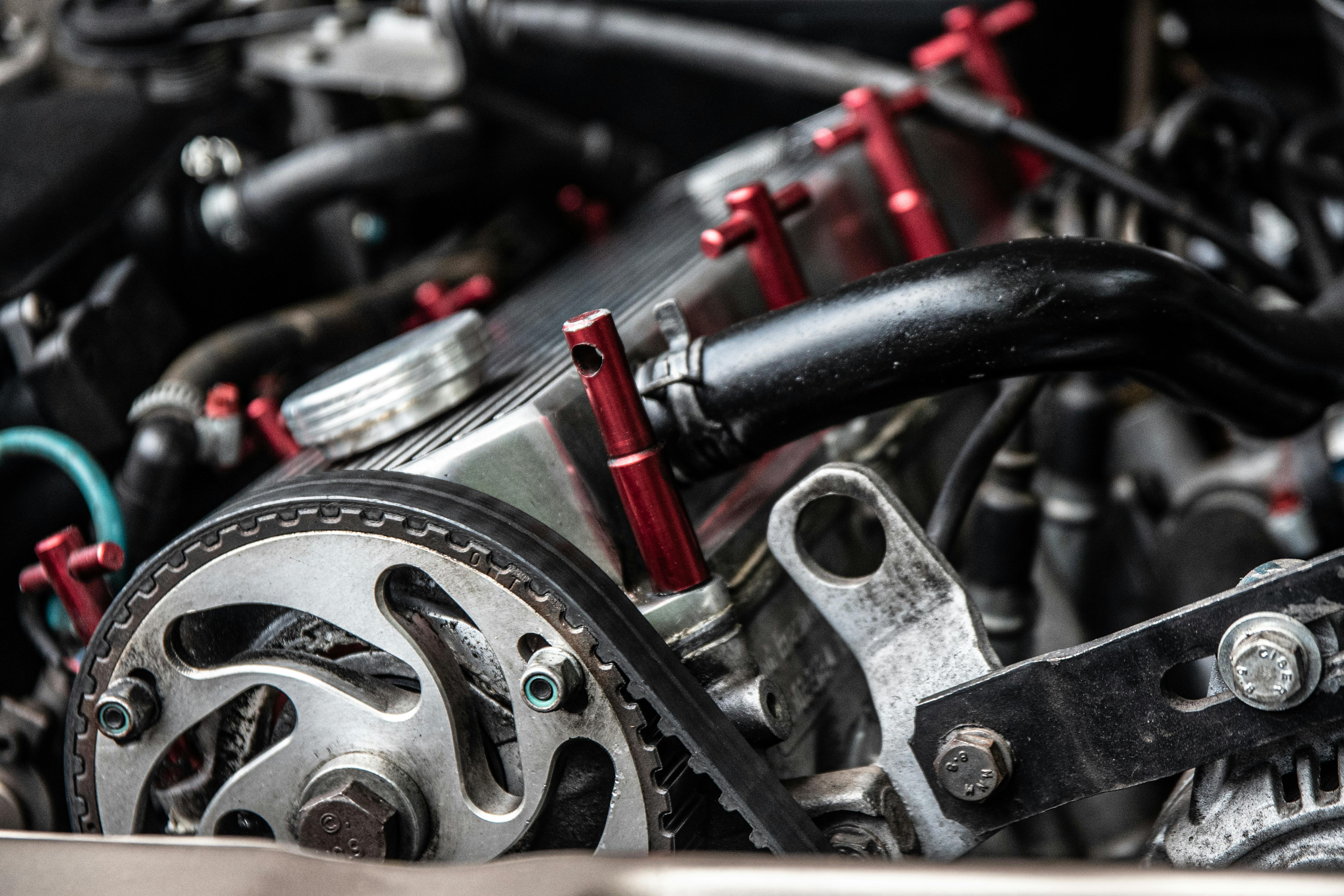Engine timing is crucial for optimal vehicle performance, affecting fuel combustion and overall power efficiency. Understanding and adjusting engine timing ensures your engine operates smoothly and efficiently. Here’s a detailed guide to mastering engine timing adjustments.
What Is Engine Timing?
Engine timing involves the precise coordination between the crankshaft and camshaft. The crankshaft drives the pistons, while the camshaft controls the intake and exhaust valves. For effective combustion and engine performance, these components must synchronize perfectly throughout the engine’s four-stroke cycle: intake, compression, power, and exhaust.
Why Engine Timing Matters?
Correct engine timing is essential for:
1. Performance: Misaligned timing can lead to sluggish acceleration or jerky movement.
2. Engine Knocking: Improper timing can cause premature combustion, resulting in damaging knocking noises.
3. Misfires and Backfires: Incorrect valve timing can cause misfires and backfires, potentially damaging the catalytic converter.
4. Fuel Economy: Poor timing increases fuel consumption for the same power output.
5. Emissions: Mis-timed engines may emit higher levels of pollutants, potentially failing emissions tests.

Tools and Equipment for Timing Adjustment
Timing Light: Visual tool to check alignment of timing marks.
Crankshaft and Camshaft Positioning Tools: Lock components in place for adjustment.
Socket Sets: For removing components and adjusting timing belts or chains.
Torque Wrench: Ensures proper torque during reassembly.
Service Manual: Provides specific timing procedures and specifications for your vehicle.
Steps to Adjust Engine Timing
1. Preparation and Safety: Ensure the engine is cool and disconnect the negative battery cable. Gather necessary tools.
2. Locating Timing Marks: Identify timing marks on the crankshaft pulley and engine block.
3. Positioning the Engine: Rotate the crankshaft to the top dead center (TDC) of the number one cylinder.
4. Using a Timing Light: With the engine running, use the timing light to check and align the timing marks.
5. Making Adjustments: Rotate the distributor or adjust camshaft and crankshaft positioning to correct timing.
6. Rechecking and Fine-Tuning: Ensure the timing marks are aligned correctly with the timing light.
7. Reassembly and Test: Reassemble components, reconnect the battery, and road test the vehicle.
Signs of Correct and Incorrect Timing
Correct Timing: Smooth engine start, responsive acceleration, and optimal power.
Incorrect Timing: Rough idling, poor acceleration, knocking or pinging noises.
Conclusion
Proper engine timing adjustment is vital for maintaining engine health and performance. It ensures smooth operation, efficient fuel use, and reduces the risk of engine damage. By following these steps and using the right tools, you can achieve precise timing adjustments and enhance your vehicle’s performance.
